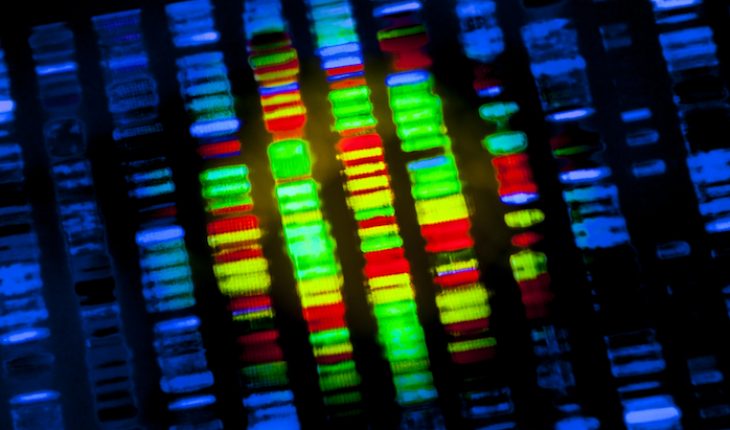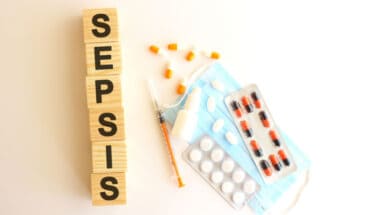Over the last 20 years, there have been tremendous strides in our understanding of motor neuron disease and ways to treat it. MND, which is also known as ALS, is a condition where there is progressive paralysis of muscles for speaking, swallowing, breathing and moving because of nerve degeneration. There is still no cure, but I am confident that we will soon find ways to keep people well for much longer in the future. At the moment, 50 per cent of people diagnosed with MND will be alive after two years. Around 20 per cent of people will live longer than five years and 10 per cent, for example, Professor Stephen Hawking, live beyond 10 years.
Because of research, a lot of it funded by the Motor Neurone Disease Association, we now know a lot more about MND, which has many different causes, and is probably really a collection of different conditions that look similar because they all lead to eventual loss of motor nerves and muscle wasting.
One exciting new approach to treatment is gene therapy. Scientists have identified about 35 genes which contribute to the development of MND. Gene therapy is about to be trialled to help people who have a mutant strain of the SOD1 gene, located on chromosome 21, which is a factor in around two per cent of affected people. A global study, which includes the UK, is currently looking into the effectiveness of gene therapy to treat people who carry a variation in the C9orf72 gene, which seems to be responsible in around 10 per cent of people with MND. I am very optimistic that tailor-made gene therapy will soon be used to treat patients who have mutated forms of individual genes implicated in MND. Understanding the genetic causes of MND will also help us to develop treatments that can directly target the relevant cell pathways and halt disease progression.
Because MND is multi-factorial – and more than one issue is contributing to the problem – we are looking at other possible therapies too. A European trial which is based in the UK and France is treating patients with low dose interleukin 2 to calm down the immune system which may be over-excited in some people with MND. Interleukin-2, a protein that regulates the white blood cells, works by triggering the body’s own ‘police’ cells that correct the immune response.
It is also helpful to turn the problem on its head. Instead of looking at ways to modify the underlying disease, we are trialling drugs that improve muscle contraction by causing nerve cells to send higher-impact messages. There may be fewer of them, but the neurons become more effective at what they do.
We can already improve the quality of life and extend life beyond what was possible 20 years ago. I am optimistic that in the future, MND will be something we can cure outright. Global consortia, particularly involving Europe, the US, Canada and Australia, mean the pace of research is accelerating. The generous participation of patients in research, the strong ethos of sharing results and data in the MND research community, and the speed at which the Internet allows scientists to share information, are hastening the day when we can cure this disease
- Genetic engineering and MND - 20th June 2016






